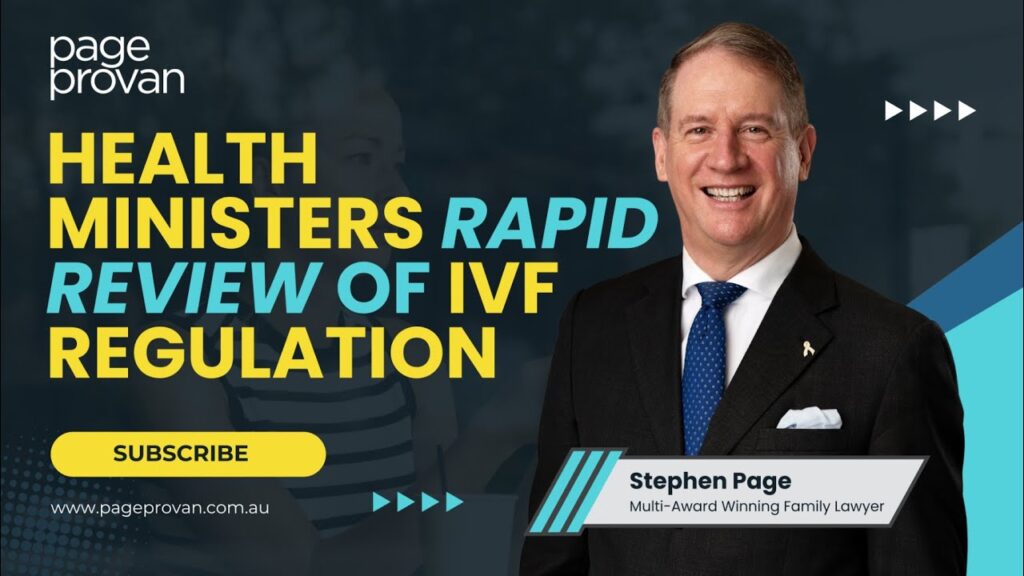Changes to Applcations to Consent Orders
The usual way in which agreements are made about parenting matters and property settlements, by way of consent orders, has just changed slightly becasue of changes to the application for consent orders.
This is what the Family Court recently released:
On July 1, 2008, the Chief Justice approved in accordance with rule 24.04(1) of the Family Law Rules 2004, a new Application for Consent Orders form which amends the previous form. In summary, the main changes to the Application for Consent Orders form are:
1. The requirement to physically attach the draft consent orders to the form has been relaxed and now the draft orders need only be lodged with the Application for Consent Orders and each party must have dated those draft orders the same day that the party swore or affirmed their respective affidavit in Part I, K or M of the form.[ Hooray, now the Family Court has dropped the nitpicking requirement for the consent orders to be stapled to the application, and the two documents can be given to the court together at the same time, like many other court documents. It was not enough that both documents were signed by the same people, using the same signatures, presumably at the same time they signed the applications- they also had to be stapled together. If the two documents weren’t stapled to each other, the documents would cop a requisition notice from the court, delaying the whole process.]
2. The new form includes some additional questions about superannuation to provide the court with information about any:
(a) prior payment splitting orders; and
(b) surcharge debts related to the relevant superannuation interest.
Parties who are in the process of finalising their arrangements for draft consent orders may have done so utilising the previous Application for Consent Orders form and in order to allow parties who have almost concluded their negotiations to utilise the previous form, parties may lodge the Application for Consent Orders form in the version which was in force on June 30, 2008, until October 1, 2008.
After October 1, 2008, Applications for Consent Orders lodged in the previous form by post will be returned to the sender with a short note requesting the parties to utilise the current form. Those persons seeking to lodge the form at any court registry will be told the same thing. If a party contends that in the special circumstances of their case, an application in the old form should be accepted after October 1, 2008, the form should be lodged (either by post or in person) with a covering letter explaining the special circumstances justifying why the form should be accepted for filing.












